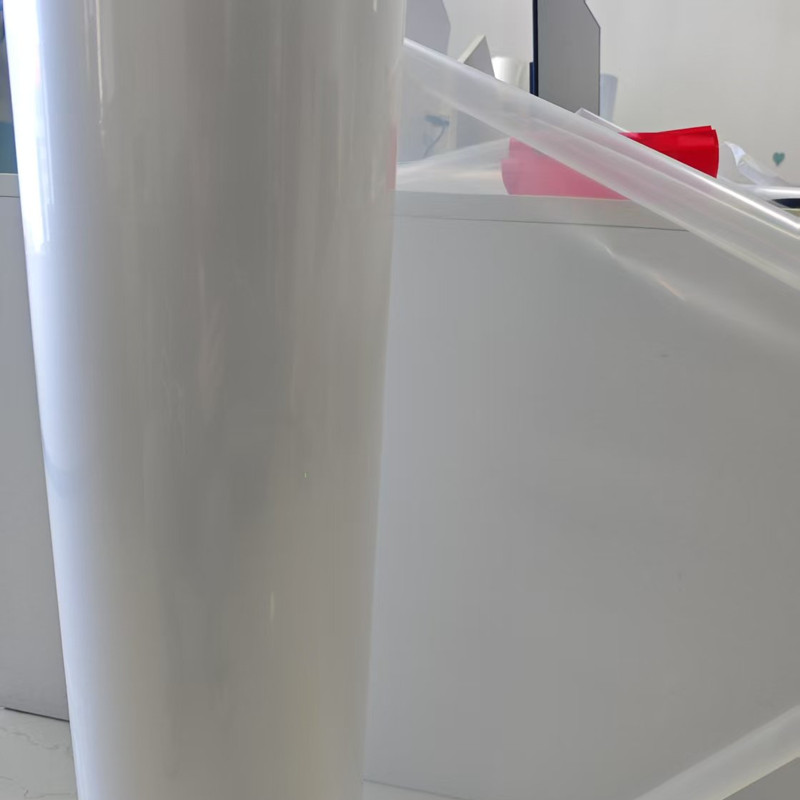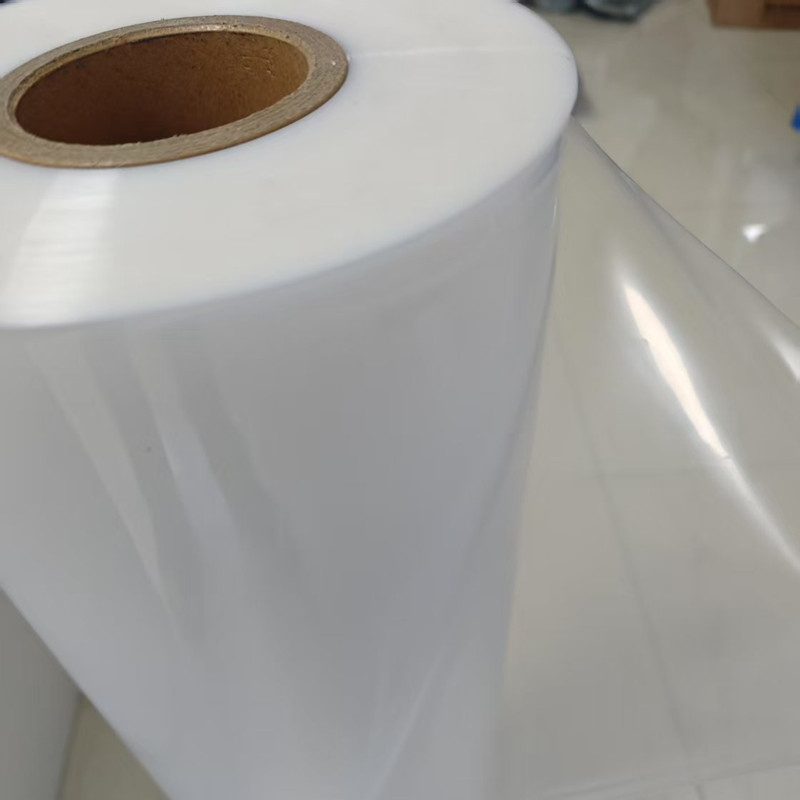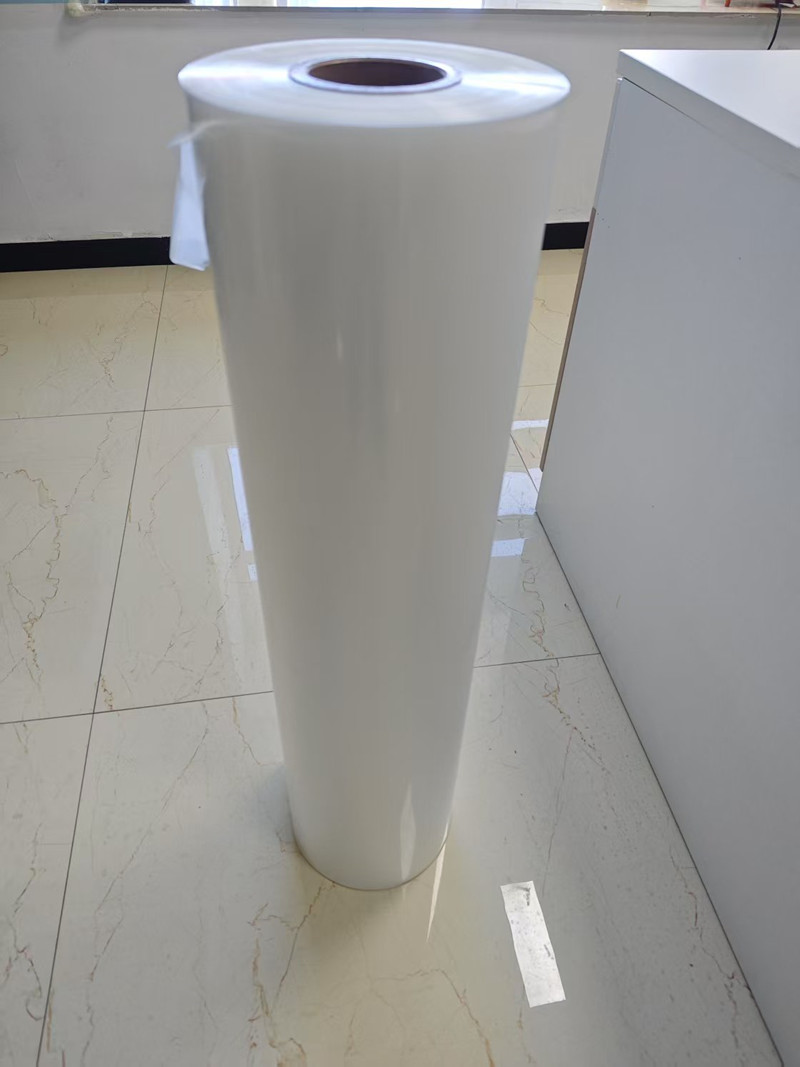PA/PE film, a widely used multi-layer composite film, combines the advantages of Polyamide (PA, commonly known as Nylon) and Polyethylene (PE) through co-extrusion or lamination technology. This structure addresses the limitations of single-material films, making it a staple in packaging, industrial, and consumer goods sectors. Below is a detailed breakdown of its key aspects:
PA/PE film typically features a layered architecture where PA and PE serve distinct, complementary roles. The most common structure is a "PA outer layer + PE inner layer," though multi-layer variations (e.g., PA/PE/PA or PA/PE/EVOH for enhanced performance) exist for specific needs.
The synergy of PA and PE gives the film a balanced set of performance traits, making it versatile across scenarios:
Exceptional Barrier Performance: Combines PA’s oxygen/oil resistance with PE’s moisture resistance, ideal for preserving products sensitive to oxygen, humidity, or oil (e.g., snacks, meats, cosmetics).
High Mechanical Durability: PA’s puncture resistance prevents damage during transportation or handling—even for sharp items like nuts, bones, or industrial parts.
Reliable Sealability: PE’s low sealing temperature (compared to PA) ensures efficient, leak-proof sealing in automated packaging lines, reducing production costs.
Flexibility & Toughness: Maintains flexibility at low temperatures (unlike brittle films) and resists cracking under stress.
Chemical Compatibility: Resists most mild acids, alkalis, and solvents, suitable for packaging household chemicals or industrial fluids.
Food Safety Compliance: Meets strict global standards for food contact, with no harmful substances migrating into contents.







